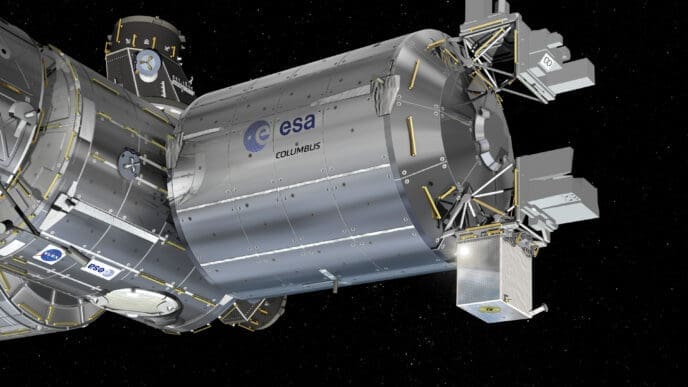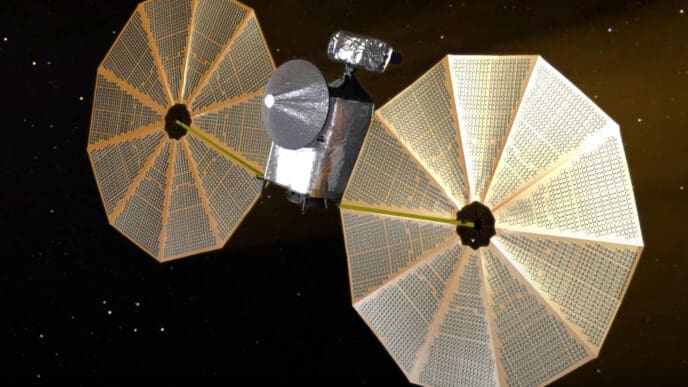Blue Origin has taken a crucial step towards the inaugural launch of its New Glenn rocket by successfully completing a static-fire test on December 27.
The static-fire test of New Glenn’s first stage took place at Launch Complex 36 in Cape Canaveral. It involved the ignition of its seven BE-4 engines, which fired for a total of 24 seconds. During this period, the engines reached full thrust for 13 seconds. This test marks the culmination of a comprehensive test campaign that included propellant loading and practice countdowns.
Observers noted that Blue Origin appeared prepared to ignite the engines several times earlier on the test day, yet the ignition was delayed. The company provided no real-time updates during the day or in similar testing conducted on December 21, which also ended without engine firing. Despite these delays, the company announced that all objectives of the test campaign were met, validating both the vehicle and ground systems in a ‘day-of-launch’ scenario.
[twitter-embed-display twitter_url=’https://twitter.com/davill/status/1872826008774041719′]
The successful test came shortly after the Federal Aviation Administration (FAA) issued Blue Origin a launch license, granting authorization for New Glenn to launch from Cape Canaveral. The license allows launches although specifics about trajectories and conditions were not disclosed. FAA’s associate administrator, Kelvin Coleman, acknowledged the timely issuance of the license, highlighting cooperation with Blue Origin to meet deadlines ahead of the rocket’s maiden flight.
With the static-fire test and license secured, Blue Origin now looks forward to proceeding with the launch, potentially as early as early January. Dave Limp, CEO of Blue Origin, expressed readiness in a social media post, indicating the primary task remaining is mating the payload. Jeff Bezos, founder of the company, echoed this sentiment with his own post, ‘Next stop launch.’
For the test, Blue Origin used manufacturing test demonstrator fairings and a payload mass simulator. These will be replaced with flight hardware and the Blue Ring Pathfinder, a technology demonstrator for Blue Origin’s Blue Ring orbital transfer vehicle. The mission, known simply as NG-1, has not been assigned a specific launch date. However, there is an advisory for airspace closure for a potential launch on January 6, with a backup opportunity the following day.
The initial mission of New Glenn was intended to include the ESCAPADE payload, a NASA Mars smallsat mission. Due to delays, NASA removed this payload when it became clear the launch would not occur within the designated window. As Blue Origin advances towards a successful launch, attention remains on final preparations for the NG-1 mission.
Having completed the static-fire test and with FAA approval in hand, Blue Origin is on the verge of launching its New Glenn rocket. The space community watches closely as the company prepares for this significant milestone.











